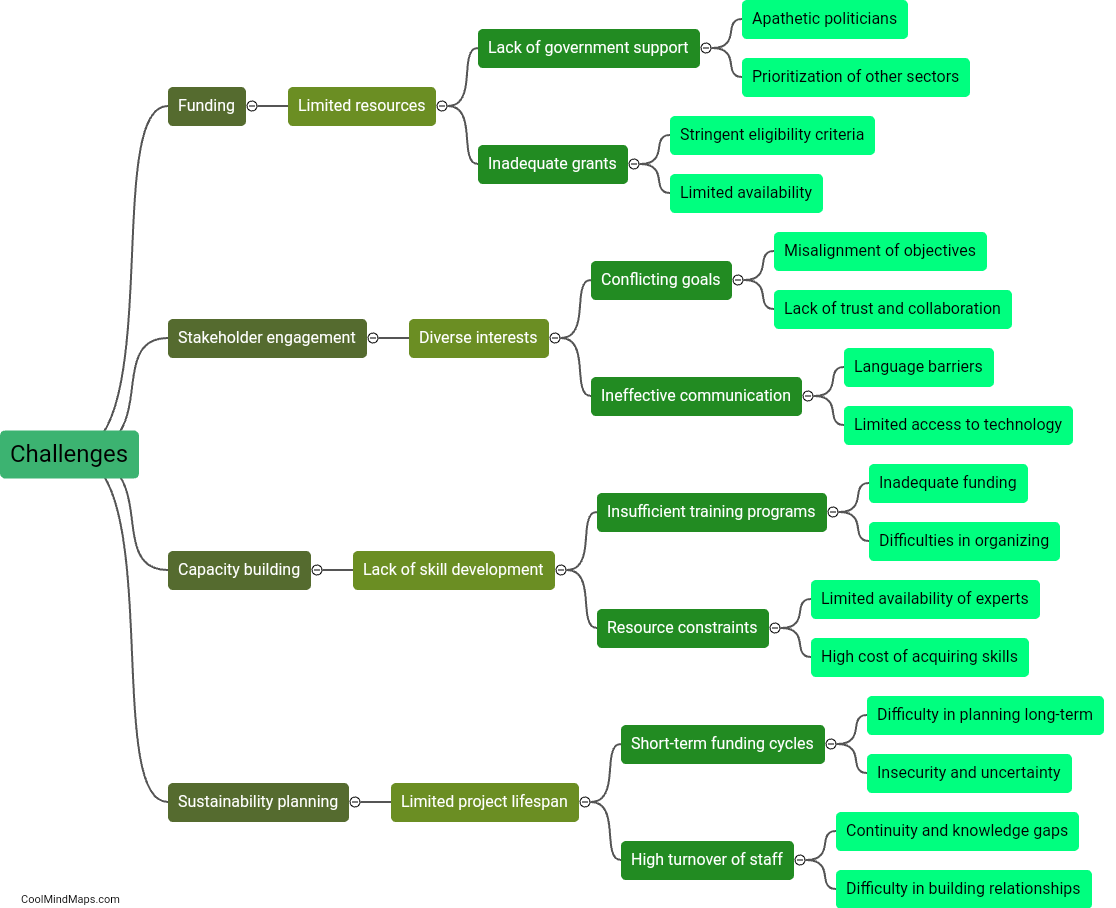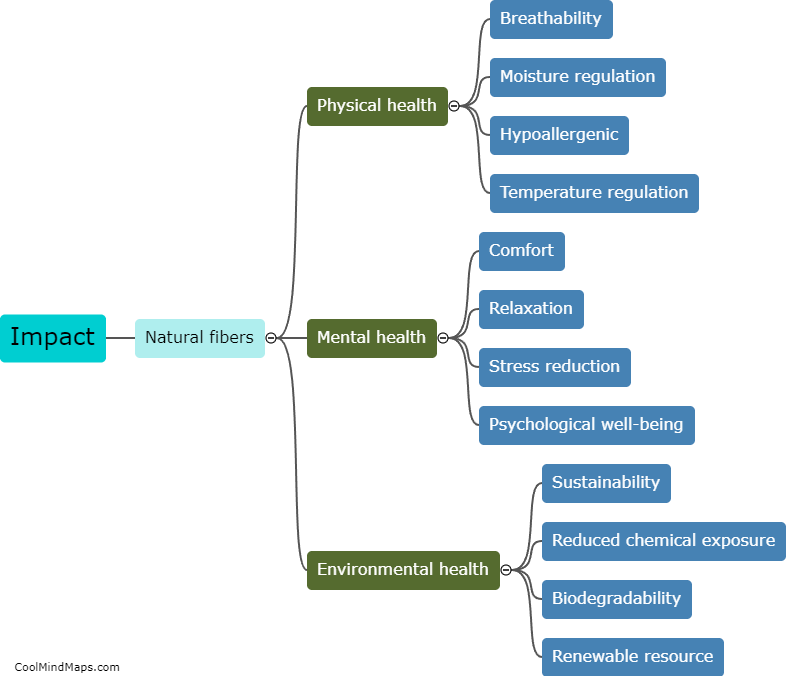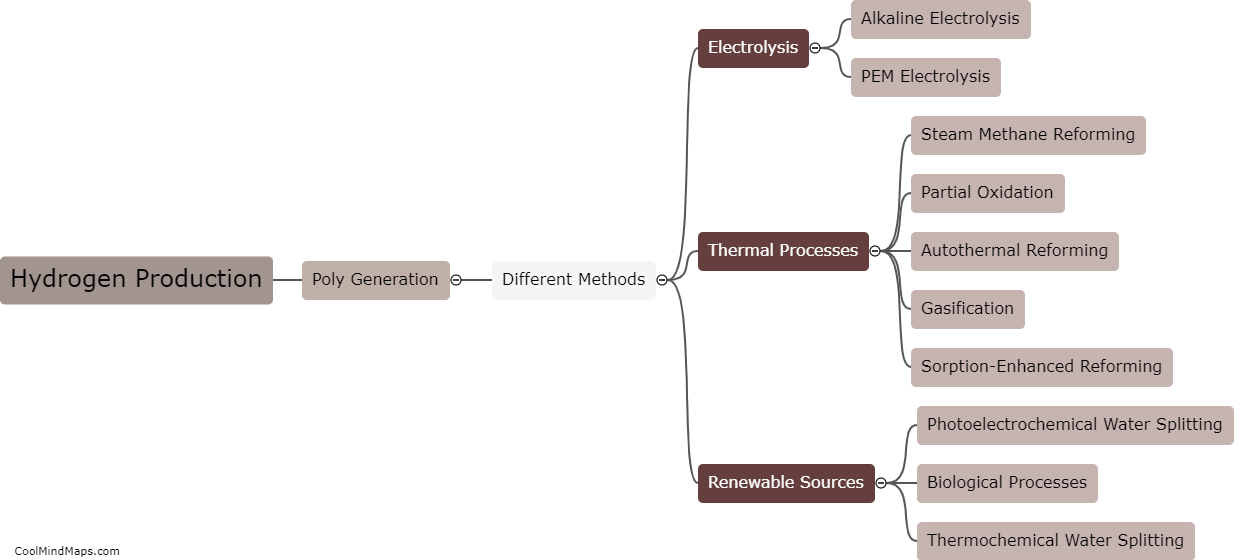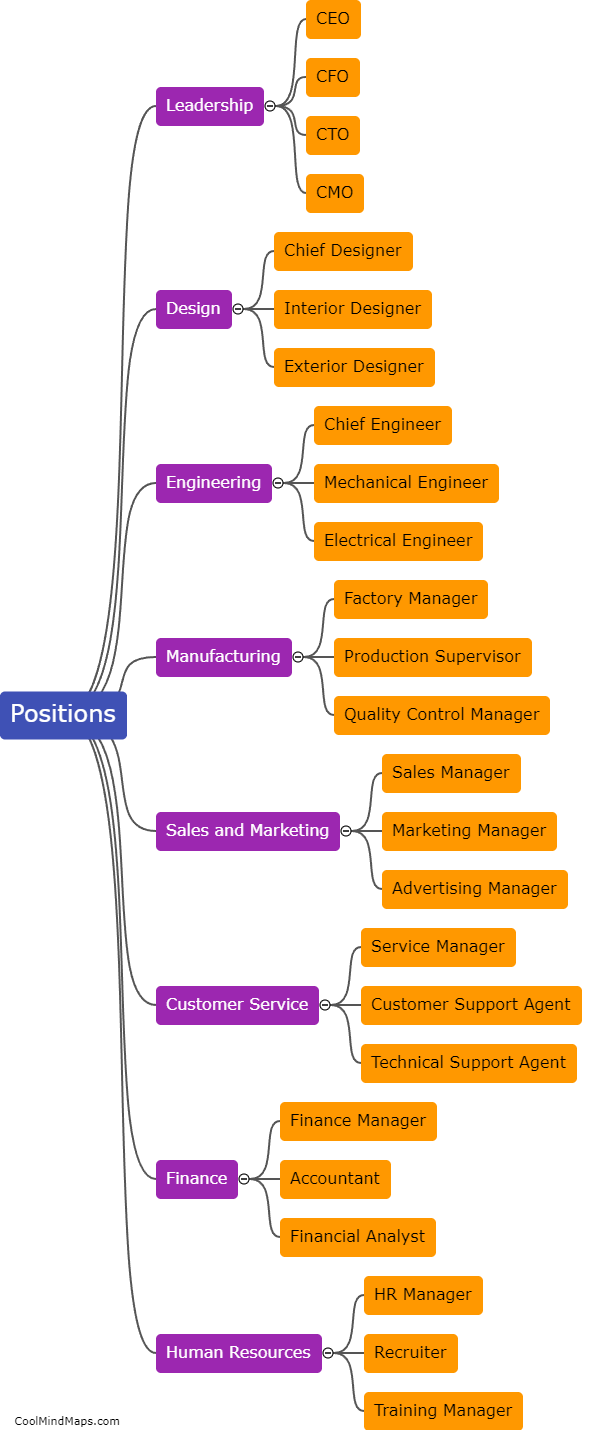How does concentrated sunlight help in the sustainable generation of hydrogen?
Concentrated sunlight plays a significant role in the sustainable generation of hydrogen through a process called solar water splitting. This technique involves using specially designed solar collectors to focus and intensify sunlight onto a catalyst, typically made of semiconductors or other light-absorbing materials. The concentrated sunlight excites the catalyst's electrons, enabling them to separate water molecules into hydrogen and oxygen atoms. The hydrogen atoms are then captured and stored for various applications, such as fuel for vehicles or electricity generation. By harnessing the power of sunlight to efficiently split water into its elemental components, concentrated solar technology offers a clean and renewable method to produce hydrogen, contributing to a sustainable energy future.
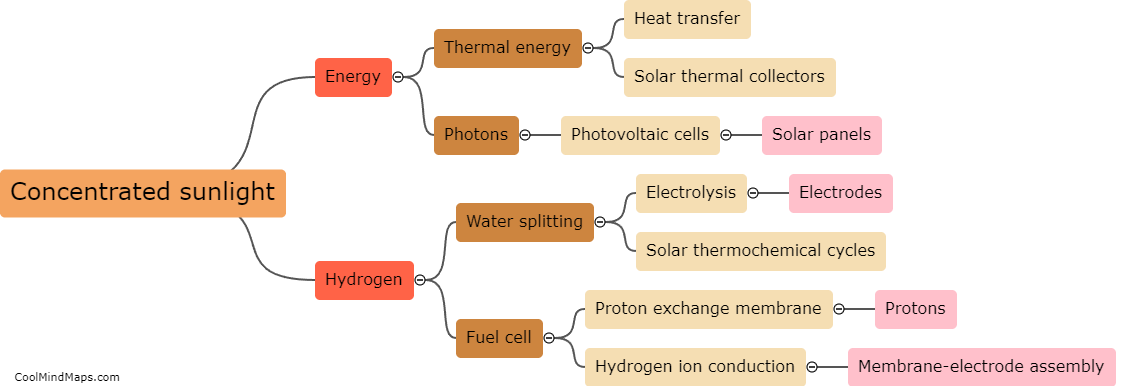
This mind map was published on 8 November 2023 and has been viewed 86 times.

